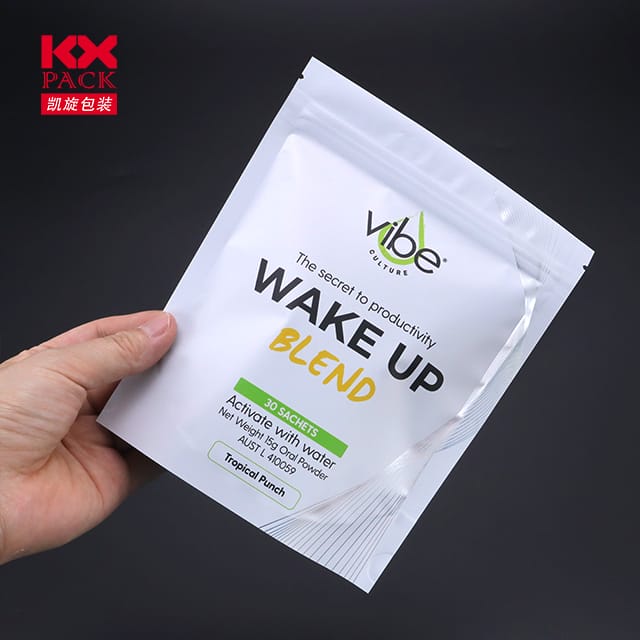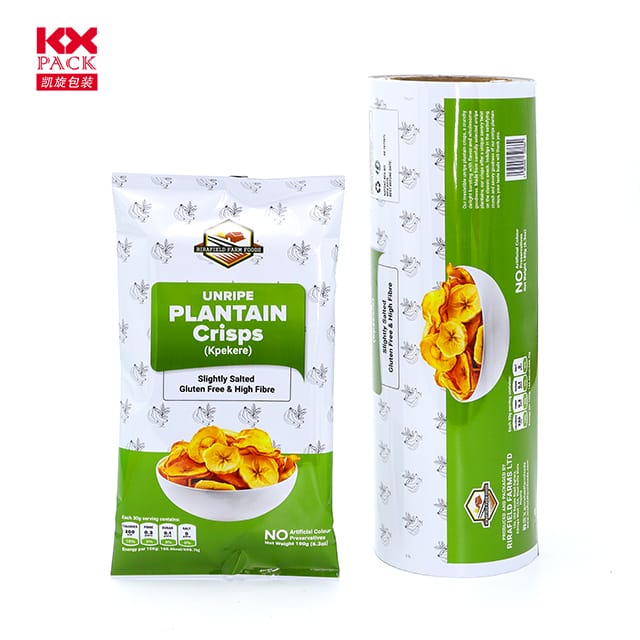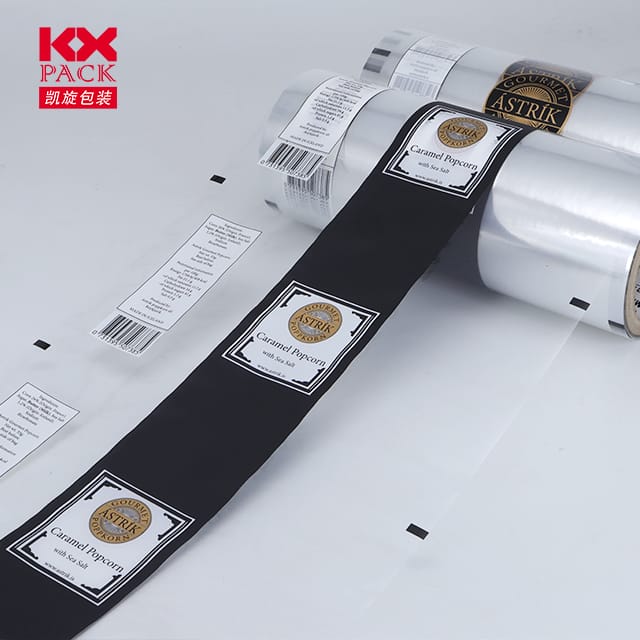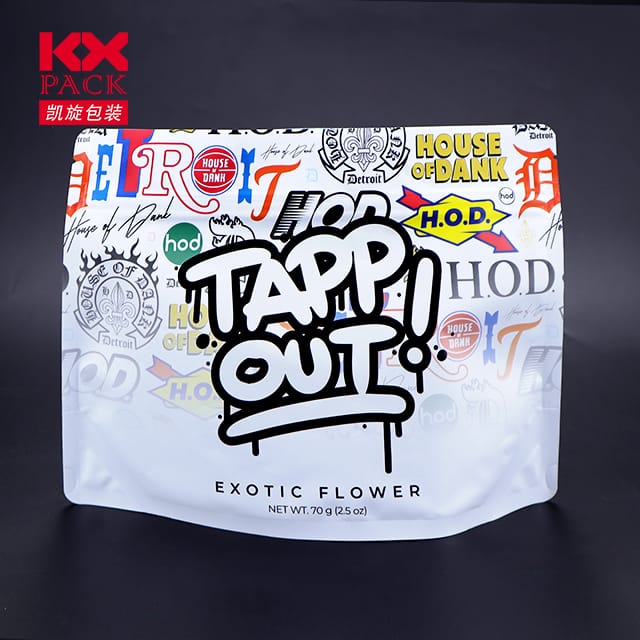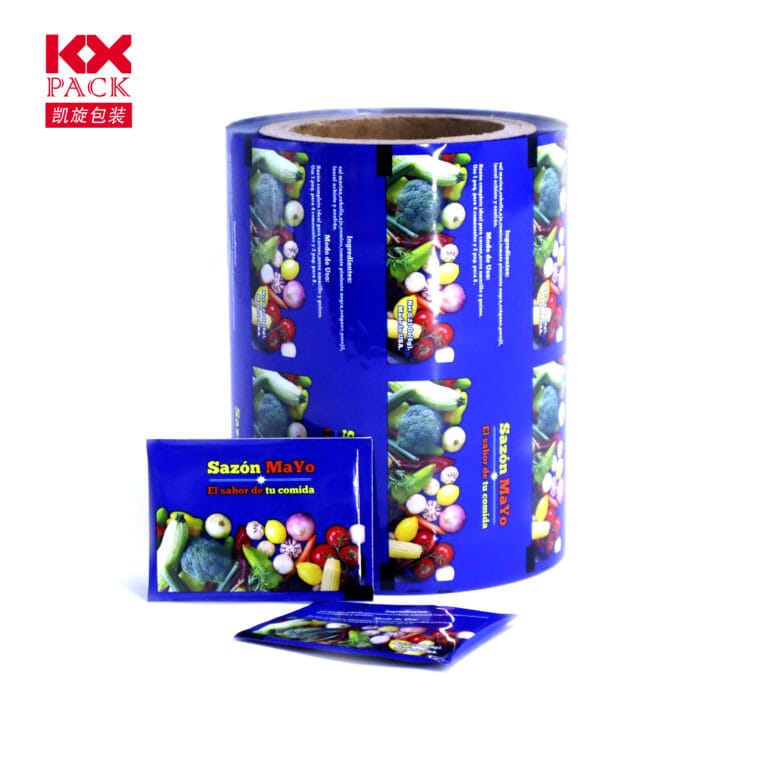现代生活的无名英雄: 包装塑料薄膜
塑料薄膜
在当今快节奏的世界, 在方便和效率统治的地方, 一种不起眼的材料常常没有注意到,但在我们的日常生活中起着关键作用: 包装塑料薄膜. 从保护易腐食品到在运输过程中保护工业产品, 这种多功能产品是包装解决方案的无名英雄. Let’s dive into why plastic wrapping film is indispensable and explore its environmental impact—and the innovations shaping its future.
Why Plastic Wrapping Film Matters
- 保存 & 保护
Plastic film acts as a barrier against moisture, 灰尘, 氧, 和污染物, extending the shelf life of everything from fresh produce to pharmaceuticals. Without it, food waste would skyrocket, and delicate electronics might not survive shipping. - 成本效益
Lightweight and durable, plastic film reduces packaging costs and transportation emissions by minimizing bulk. Its affordability makes it a go-to choice for businesses large and small. - 卫生 & 安全
In healthcare and food industries, plastic film ensures sterile environments and prevents cross-contamination. Think of sealed medical equipment or pre-packaged meats—plastic film keeps them safe until use. - 可定制性
Manufacturers can tailor plastic film’s thickness, 明晰, and strength to specific needs, whether it’s shrink-wrapping a pallet or cling-filming leftovers.
环境难题
While plastic film offers undeniable benefits, its single-use nature has sparked global concern. Billions of tons end up in landfills or oceans annually, 造成污染和损害野生动植物. The challenge lies in balancing functionality with sustainability.
创新推动变革
The packaging industry is rising to the occasion with eco-friendly alternatives:
- 可生物降解 & 可堆肥电影
Made from plant-based materials like cornstarch or algae, these films break down naturally, reducing long-term waste. - 回收的内容电影
Brands are incorporating post-consumer recycled plastics into wrapping, closing the loop on waste. - 可重复使用的 & Recyclable Options
Innovations like silicone food wraps or easily recyclable LDPE (低密度聚乙烯) films encourage consumers to reuse or recycle instead of toss. - 可食用的电影
A futuristic twist! Edible coatings made from seaweed or starch protect food and can be consumed, 完全消除废物.
What Consumers & Businesses Can Do
- 减少 & 重用: Opt for reusable containers or beeswax wraps for home storage.
- 回收正确: Check local guidelines—many plastic films (like grocery bags) are recyclable at drop-off centers, not curbside bins.
- Advocate for Change: Support brands using sustainable packaging and push for policy reforms.
前面的道路
Plastic film for wrapping isn’t going away anytime soon—and it shouldn’t have to. Its role in preserving resources and reducing waste (through proper use) is too valuable. The key is innovation: creating films that perform flawlessly while leaving a lighter footprint.
作为消费者, we hold power. By demanding sustainable options and adopting mindful habits, we can transform plastic film from an environmental villain into a tool for a greener future.
Next time you unwrap a sandwich or receive a package, 记住: that thin layer of plastic is a marvel of modern engineering. Let’s ensure its legacy is one of progress, not pollution.
What’s your take on plastic wrapping film? 在下面的评论中分享您的想法或环保的黑客! 🌍♻️

